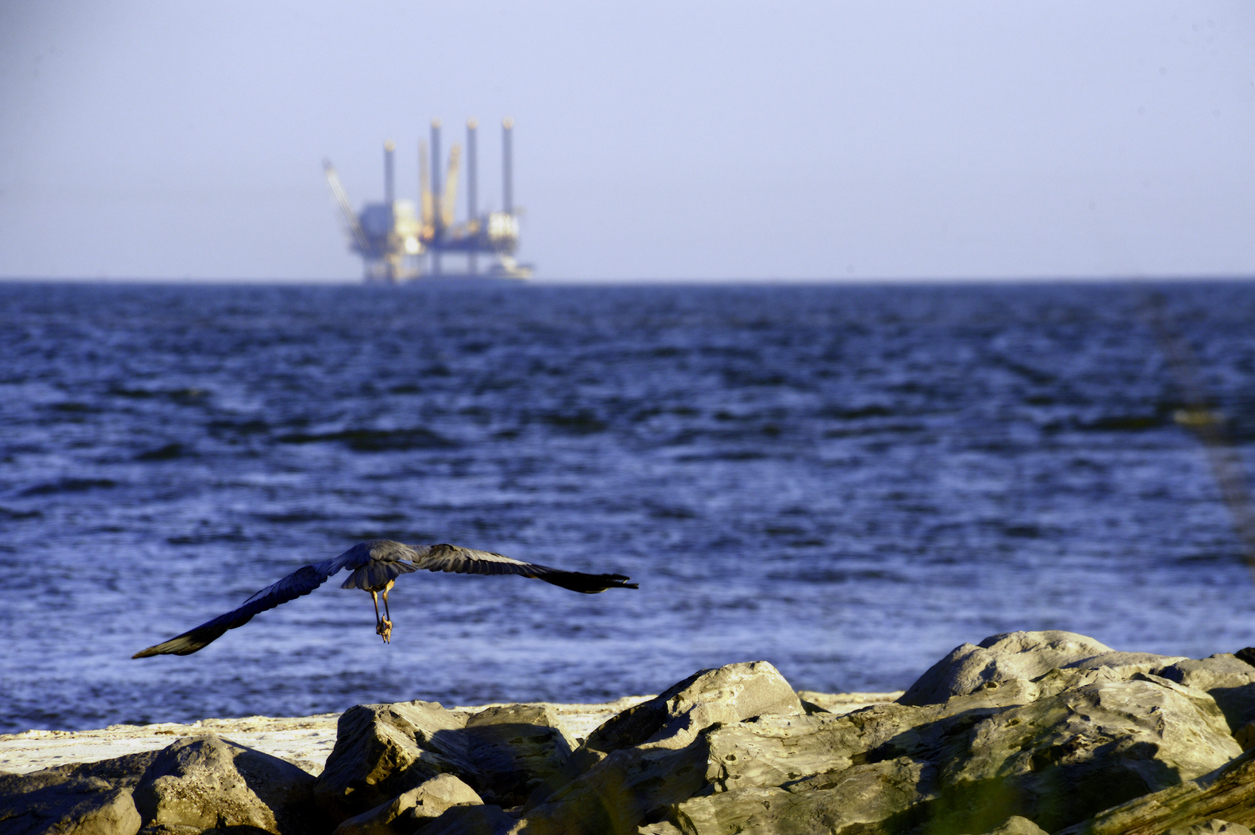Ida, which barreled through the heart of the Gulf as a Category 4 hurricane, is turning out to be the most damaging storm for offshore production in more than 15 years. It crippled key onshore infrastructure, which has contributed to keeping about 13% of U.S. oil production idle. Its storm surge and maximum winds of 150 miles an hour also damaged some offshore operations, including underwater pipelines that have leaked oil into the Gulf.
The Gulf of Mexico accounts for about 17% of U.S. oil output, and about 5% of natural gas output. Companies including Chevron Corp., Royal Dutch Shell PLC, BP PLC and Exxon Mobil Corp. operate sizable facilities in the area.
Myriad problems are combining to slow the recovery, according to analysts and company representatives. Key ports and airports were knocked offline, slowing the redeployment of staff and equipment. Companies haven’t been able to find enough offshore staff, as workers tend to their families and homes following the storm. Oil and gas processing plants and other key onshore facilities were damaged or remain without electricity, as widespread power outages persist.
Operators have restored about 300,000 barrels of daily oil production, but most remains shut off. As of Tuesday, almost 1.5 million barrels of daily oil production and about 1.7 billion cubic feet of gas remain offline, according to the U.S. Bureau of Safety and Environmental Enforcement, or BSEE. That was down from more than 1.8 million barrels of oil a day and about 2.2 Bcf of gas before the storm.
In total, Ida has already kept about 20 million barrels of oil off the market, according S&P Global Platts Analytics. That makes it the costliest storm event in the Gulf of Mexico since hurricanes Katrina and Rita in 2005, said S&P analyst Sami Yahya.
Hurricane Marco and Hurricane Laura last year knocked out nearly 1.6 million barrels of oil a day, but production was largely restored about a week afterward. Mr. Yahya said the recovery from Ida could extend into next week, bringing total curtailed barrels of oil to more than 30 million.
Meanwhile, damage to an underwater pipeline caused a leak, leaving behind a miles-long streak of black crude oil. Offshore producer Talos Energy Inc. has sent a cleanup and dive team to the leak in the waters off the coast of Port Fourchon. It said Tuesday the leak had diminished significantly and there were no observed impacts to shoreline and wildlife.
Some initial reports said the leaking pipeline belonged to Talos, but the company said Tuesday it didn’t own the asset and hadn’t produced oil in the area since 2017. Talos said it is working with federal and state officials to determine the pipeline’s owner. The National Oceanic and Atmospheric Administration has reported other potential offshore spills.
estarting offshore production is a painstaking process. Even if an offshore platform escapes a storm unscathed, all of the equipment downstream from the well, including pipelines and processing plants, must be inspected for damage, sometimes hundreds of feet underwater.
Many offshore operators have been able to get some personnel on offshore platforms and only 79 remain evacuated, about 14% overall, according to the BSEE, which regulates offshore production. But many of the platforms are operating with skeleton crews at this point, according to analysts.
Chevron has redeployed essential personnel to all six of its facilities in the Gulf, where workers are preparing to restore production, according to spokesman Tyler Kruzich. He said that Chevron’s offshore facilities didn’t sustain any significant damage, but the company is assessing damage to its Fourchon and Empire terminals, which handle offshore oil and gas production, and those assets’ related pipeline systems remain shut in.
Shell, the largest producer in the Gulf, said 80% of its production remains offline. During a flyover, it observed damage to its West Delta-143 offshore facility, which analysts say handles about 10% of overall production in the Gulf. Shell said Tuesday it is working to assess the full extent of the damage.
The impact on broader oil and fuel markets has been muted thus far. Gasoline inventories were ample ahead of Labor Day weekend, the start of a seasonal drop in fuel demand. Many motorists are still working from home because of the pandemic.
But some of the country’s largest refineries remain offline following Ida, exacerbating fuel shortages in Louisiana. More than 55% of the gas stations in New Orleans had no fuel on Tuesday, according to the fuel and price tracker GasBuddy.
The offshore shut-ins have reduced the availability of certain types of crude oil refineries needed to resume operations. The Biden administration lent 1.5 million barrels of oil to Exxon from the Strategic Petroleum Reserve last week, to help the oil giant restore operations at its Baton Rouge refinery.














